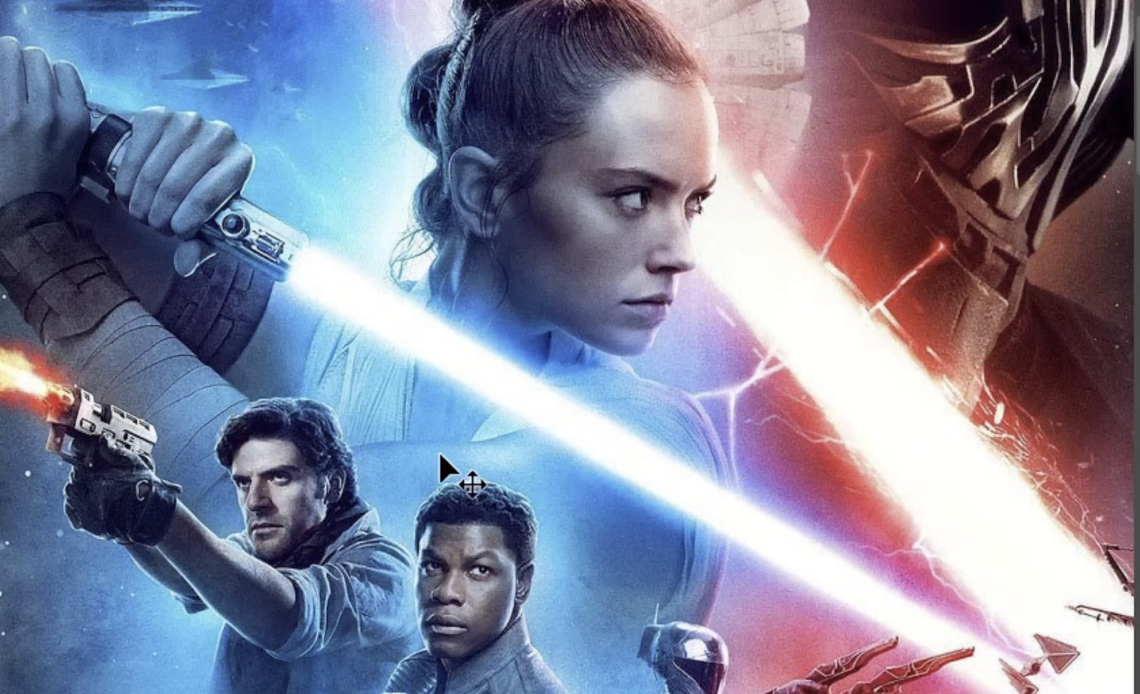If you’ve ever been fascinated by the dramatic, eye-catching designs of sci-fi and superhero movie posters, you’re not alone. These posters are a staple of modern cinema, featuring stunning lighting effects, intense color grading, and dynamic compositions. If you’ve been wondering how to achieve this look, you’re in the right place.
This tutorial will break down the process into nine manageable steps. Along the way, we’ll highlight common pitfalls and establish key constraints to keep your project on track. Let’s dive into Photoshop and start designing!
Step 1: Gather Your Images
The foundation of any great poster is high-quality source images. Whether you use stock images, personal photos, or assets from free resources like NASA’s image library, prioritize images with strong lighting and high resolution.
Pitfall to Avoid: Poor Quality Images
A bad beginning makes for a bad ending. No matter how skilled you are in Photoshop, a low-quality image will limit your results. Look for images with clear lighting and rim lighting effects for that cinematic touch.
Constraint: Use Only High-Quality Images
To make your life easier, you can also download additional elements like lens flares, light streaks, and textures from free resources like Texture Labs.
Step 2: Clip Out Your Subject
Once you’ve chosen your images, you’ll need to extract your main subject from the background. You can use Photoshop’s automated selection tools, but often, manual clipping with the Polygonal Lasso Tool or Pen Tool yields the best results.
Pitfall to Avoid: Fringy Edges
Even small white halos around your cutout can ruin the composition.
Constraint: Clean Up the Edges
Use these methods:
- Clone Stamp Tool: Extend color information outward.
- Minimum Filter: Select your mask, modify the selection to a 5-pixel border, and use the Minimum Filter to expand darker pixels outward.
After clipping, convert your subject into a Smart Object to preserve editability.
Step 3: Create a Background
A strong background sets the tone for your poster. Start by placing a large background image, such as a space scene or abstract color field.
Pitfall to Avoid: Over complicating Too Soon
If you add too many elements or blending modes too early, your design can become chaotic.
Constraint: Use Only Two Blending Modes
Stick to Normal and Screen blending modes while layering background elements. Use Multiply for shadows, but avoid Hard Light and Color Burn unless absolutely necessary.
Step 4: Image Treatment for a Cinematic Look
Now, let’s make your images look more cinematic. Instead of layering multiple adjustments, use Camera Raw Filterto make global changes efficiently.
Pitfall to Avoid: Using Too Many Filters
It’s easy to get lost in effects like Posterize, Oil Paint, and Filter Gallery. Keep it simple.
Constraint: Use Only One Filter – Camera Raw
Camera Raw allows:
- Color adjustments
- Contrast boosting
- Detail enhancement
- Noise reduction for a painterly look
A handy trick: Adjust the Green Primary Hue in Camera Raw’s Calibration Panel to neutralize unwanted yellow-green tones in skin.
Step 5: Populate the Scene with More Images
Add supporting elements such as buildings, spaceships, or additional characters.
Pitfall to Avoid: Too Many Layers, No Structure
Having dozens of unorganized layers can make composition difficult.
Constraint: Stick to a Clear Composition
- Use the triangle rule or diamond composition for balanced layouts.
- Avoid overcrowding—if something isn’t working, delete it.
- Use masks to blend images naturally.
Step 6: Create Depth Between Layers
To separate foreground and background elements, add atmospheric elements such as:
- Smoke
- Lens flares
- Light streaks
- Gradients
Pitfall to Avoid: Overcomplication
Constraint: Use One Primary Depth Element
Pick a consistent visual element to create depth. In Star Wars posters, it’s blue smoke. In Thor posters, it’s light streaks. For this tutorial, we’ll use a blurred lens flare.
Step 7: Adding Movie Magic (Fine Details)
This is where we refine the image by adding atmosphere, rain, sparks, or subtle textures.
Pitfall to Avoid: Second-Guessing Everything
At this stage, you might feel like starting over. Don’t!
Constraint: Review Each Layer Before Making Big Changes
Toggle through each layer to identify what’s working and what’s not. Adjust only what’s necessary to maintain balance.
Step 8: Overall Color Grading
Color grading ties everything together. You can now lift the previous blending mode restriction and experiment.
Pitfall to Avoid: Overdoing the Colors
Heavy-handed color grading can make an image look artificial.
Constraint: Pick One Color Theme
- Use Gradient Maps on Soft Light blending mode to unify shadows and highlights.
- Draw inspiration from professional movie posters for a consistent color palette.
Step 9: Finalizing the Poster
Now it’s time to refine the final details:
- Add a title and tagline (use a cinematic font like Bank Gothic or Bebas Neue).
- Use a movie credits template to make it look official.
- Apply a subtle paper texture set to Screen mode for a vintage touch.
Final Touch: The Camera Raw Filter Trick
- Merge all layers into a new one (Ctrl+Shift+Alt+E / Cmd+Shift+Option+E).
- Apply 1px Gaussian Blur to soften artifacts.
- Reopen Camera Raw Filter and:
- Slightly increase contrast
- Add Texture and Dehaze for clarity
- Sharpen for a final polished look
This last step is like “shrink-wrapping” your image for a professional finish.


